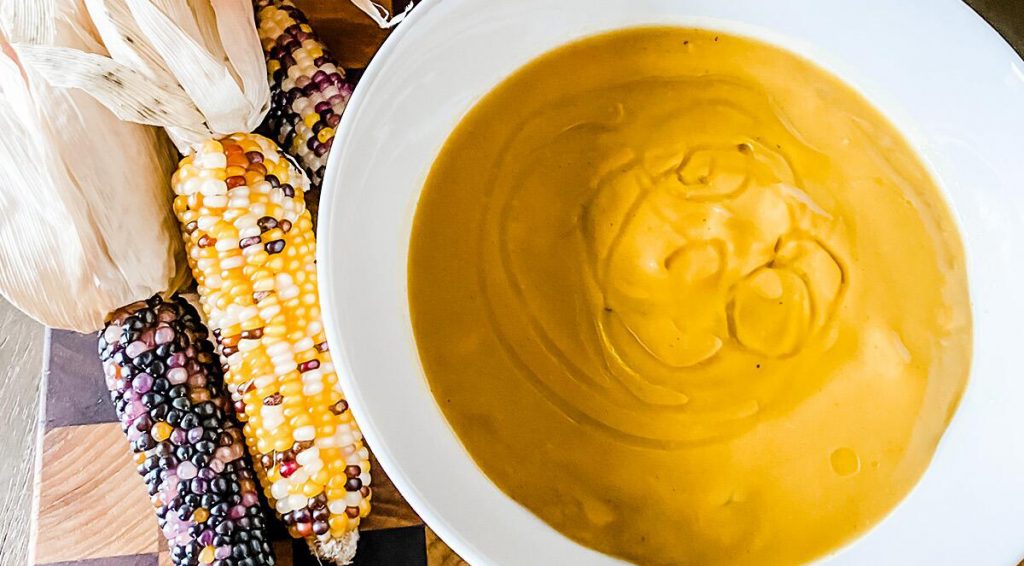
By Shaelyn Hood, Tulalip News
This year marks the 400th anniversary of the “first” Thanksgiving. Traditionally, the American education system has taught this holiday as a time where Native Americans and pilgrims worked together, helped each other, and celebrated with a feast in 1621. However, with a better understanding, we know that there is more than meets the eye.
The truth behind the “first” Thanksgiving makes some wonder whether to celebrate it. According to the National Parks Service, as early as 1565, Spanish settlers and members of the Seloy tribe broke bread in Florida. Then according to National Geographic, in 1619, the first thanksgiving-like gathering took place when settlers in Berkeley Hundred (now Virginia) celebrated their arrival in 1619. Others like to argue that the origin comes from 1637 when the Massachusetts Bay Colony governor, John Winthrop, declared a day to celebrate soldiers who had just slaughtered hundreds of Pequot men, women, and children.
Nonetheless, we know that the traditional story that is told of the “first” Thanksgiving is not completely true. A study published by Quarternary Science Reviews say that by 1620, about 90% of the Indigenous people were already lost to a disease brought over by European settlers. And not shortly after, any relationship that the Wampanoag people at Plymouth Rock had with European settlers, quickly dissipated.
Today in America, many families don’t gather because of Thanksgiving’s history, but rather, they use the day as another opportunity to gather with loved ones. Thanksgiving has become less about the dynamics between pilgrims and Native Americans, and more about families being together.
For many Native Americans, that same idea applies, but also carrying on traditions through generations. Tulalip elder Dale Jones said, “We’ve got to get to the importance of it. If Covid taught us anything, it is really important to gather together as a family, before our elders are gone.”
In today’s world, Native Americans can gather, carry on and teach traditions that our ancestors fought so hard to keep. We have more capabilities now to be active in our culture and educate our community. Ultimately, we can change the narrative of what Thanksgiving once was and reclaim our language, ceremony, and foodways back to our heritage, and incorporate Native traditional foods into our holiday meals. Veronica “Roni” Leahy with the Diabetes Program listed some traditional and healthy food recipes that tribal members can include this Thursday.
- Veggie salad- Any kind of squash, tomato, dried shelling beans, and corn, sauteed together with chives
- Pompion- Mash together pumpkin, or any type of squash, ginger, salt, and butter
- Native American meatloaf- Elk or deer, wild onions, and camas or other native plants
- Berry compote topping- any wild berries, boil, mash, and mix with honey
Roni went on to talk about the importance of prayer, “In Indian Country, it’s always best to receive every day as a gift. Our elders teach us that all good things begin with prayer and end with prayer.”
She also shared an East Coast Wampanoag prayer by Michael “Tender Heart” Markley,
“Let us give thanks to the creator for all that he gives. The harvest moon has shined its brilliance over our home and now as we store the harvest of our work the creator gives his sustenance. The Earth will now rest through the coming seasons storing the energy needed to once again feed our people.”
As David Weeden, Mashpee Wampanoag tribal historic preservation officer once said, “Acknowledging that wrongs have been done is the first part of healing.” As Native Americans, we have the opportunity to understand our history, but also to share our truth, and take actions to continue to reclaim our culture and move forward as a community.